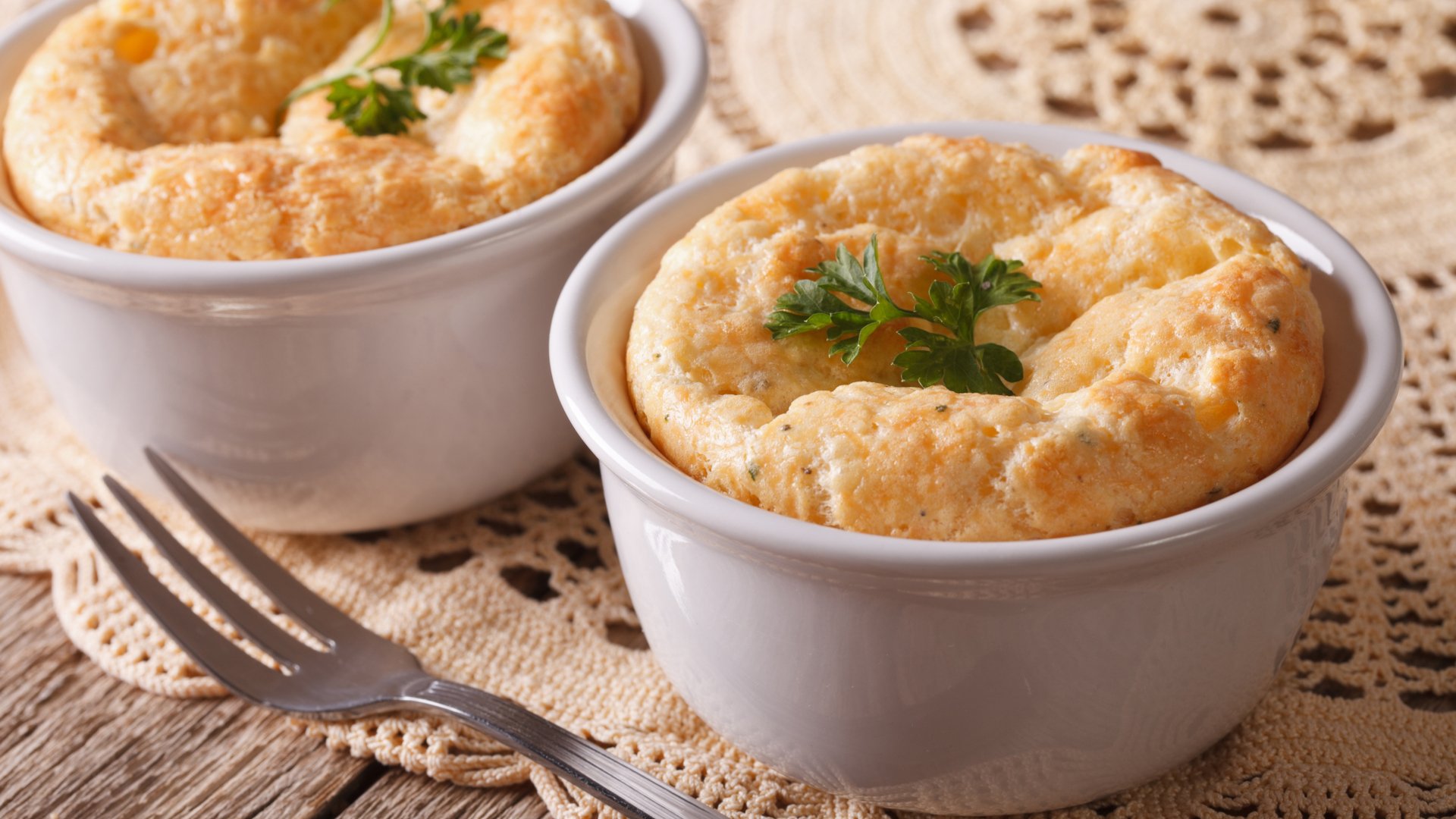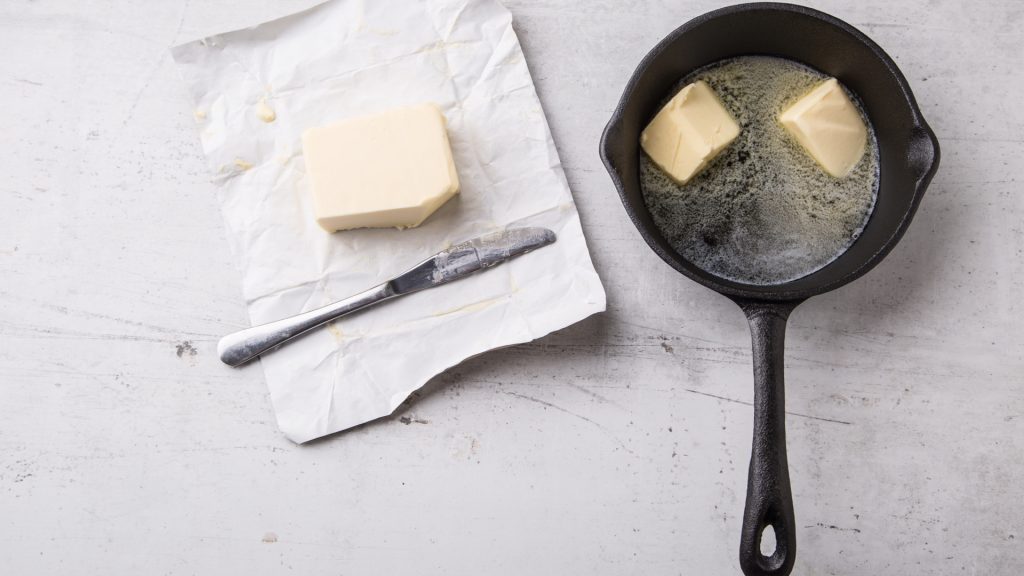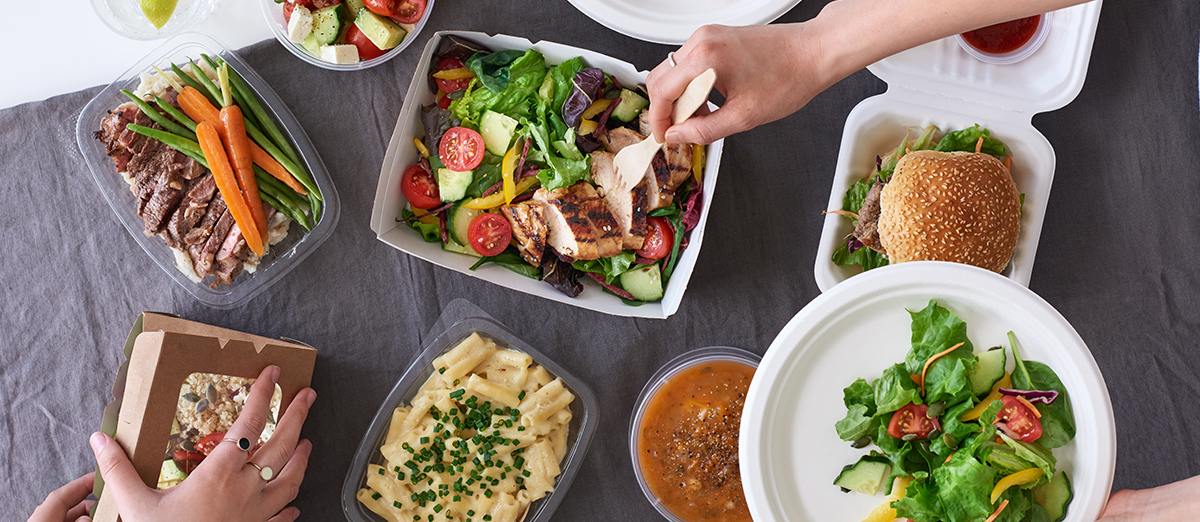
The Secret Science to the Perfect Souffle.
There is a lot of fear and trepidation that surrounds the soufflé, but there is no reason to fear. Half of those nasty rumors aren’t true and the other half won’t ruin your culinary masterpiece. We demystify the classic French soufflé with a few key techniques that will render your dish, dare we say it, foolproof!
Creating the Base
The soufflé at its most fundamental, leverages the structural power of eggs to achieve an impressively fluffy dish. Whether you are creating a sweet or savory soufflé you must first begin with your base, this core of ingredients provides richness and body. In a savory soufflé, your base would consist of a thick béchamel sauce comprised of flour and milk not unlike a traditional gravy. For a sweet soufflé your base would instead be made of pastry cream, though it’s not unheard of to substitute a sweetened béchamel for this.

Creating Flavor
Let’s talk about flavor. The addition of egg yolks to your base adds richness and slightly more structure. The rule of thumb is to use one egg per person, so if you’re making a soufflé for four, you would use four egg yolks, reserving the whites for later use. As the egg yolks coagulate throughout the baking process, they achieve some structure and rigidity helping the soufflé hold onto its lofty height for a little longer before the inevitable deflation. Along with the yolks go any flavorings you desire. For a savory soufflé try a little salt, pepper, a dash of mustard and some chopped fresh herbs.
For the sweet counterpart the options are even more varied, fruit purees work well, chocolate, caramel, or even nut butters can impart amazing results for your souffle.
Creating Structure
Finally, stiffly beaten egg whites are incorporated into the now flavorful base in two batches. We add the egg whites in two parts for a reason. The first batch of egg whites, loosens up your somewhat stiff base and makes the second addition much easier to incorporate. Ease is important at this step as it allows you to fold the egg whites in completely while retaining most of those tiny little air bubbles you just worked into them. Those air bubbles are important. Once in the oven those bubbles grow and expand as gases and steam inflate them and causing your soufflé to rise.
Temperature

Temperature has a couple of very important effects on the creation of the perfect soufflé. Heat is of course critical in the process of getting your soufflé to rise properly. It’s the force that causes gases to expand in those tiny air bubbles we mentioned, and converts the liquids in your batter into steam causing your soufflé to swell. The hotter your oven temperature the faster this process happens. Heat also causes the proteins in your eggs to “set” allowing your soufflé to keep most of the height it achieves in the oven. Lastly, heat results in the beautiful golden brown hue a well-baked soufflé will achieve thanks to the Maillard reaction. This lends your soufflé layers of deeper flavor.
This is so important because heat allows all of these things to happen. If your heat is too high they will brown too quickly. This will result in a soufflé whose outside is overcooked and whose inside is still runny, calling your soufflé’s already dubious structure into further question. It really comes down to the end-product you’re trying to achieve. If you’d like a soufflé with a higher rise but a slightly custardy center try baking at 375-400F. If you’d like a more fully-set soufflé and don’t mind sacrificing a bit of your height try somewhere between 350-375F.
Preparing your Dish

It’s important to properly prepare your baking dish when making a soufflé. First, brush your ramekin evenly with butter then dust with sugar, (or if using in a savory capacity consider breadcrumbs or a finely grated cheese) pouring out any excess. Getting the butter right is important. If the application is too thin or you missed a spot the batter will latch onto that dry patch and leave you with a lopsided soufflé. The mold should then be refrigerated or frozen in order to prevent the butter from slipping down the sides. Pour the soufflé batter into the center of your dish and using a spatula smooth the top. Lastly, and perhaps most importantly, run your thumb around the rim of your soufflé dish opening up a 5mm channel in your batter, this “channel” will allow your soufflé to rise cleanly and evenly during baking.
Be Prepared
Many are under the delusion that soufflés are a last-minute affair that will take up precious time during a busy dinner rush, but never fear, soufflés can be made successfully in advance.
Simply prepare your batter up to the point of baking, fill your prepared molds, cover with plastic wrap and refrigerate until ready to bake. Le Cirqué makes their soufflés up to an entire day in advance.
That’s it! All the important elements of making a soufflé have just been given to you. Put out of your mind any fears of slamming doors, or stomping through the kitchen, they will not make your soufflé fall! Lastly, be realistic! All soufflé’s eventually deflate so get them to the table fast and enjoy them when they are at their prime.






Write a Comment